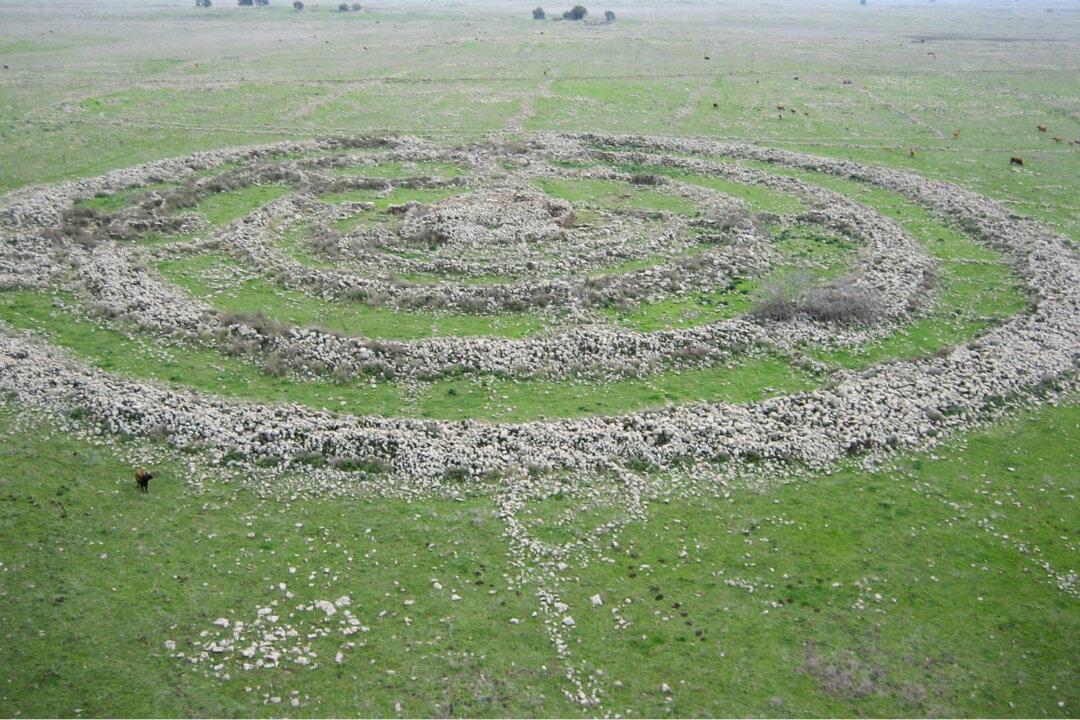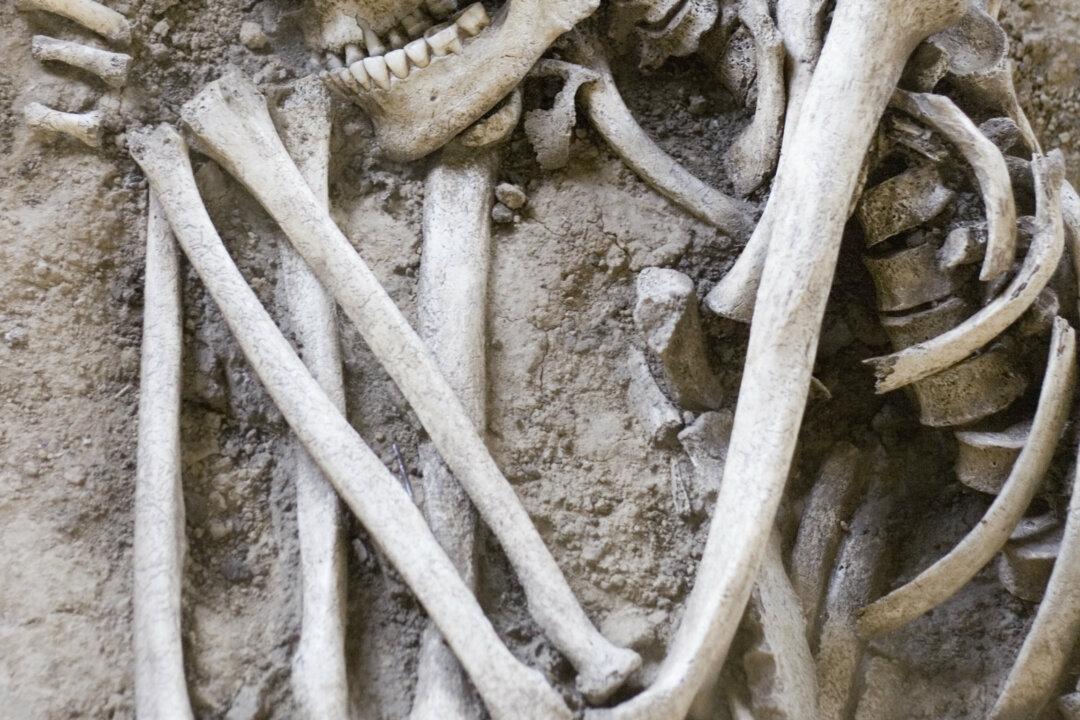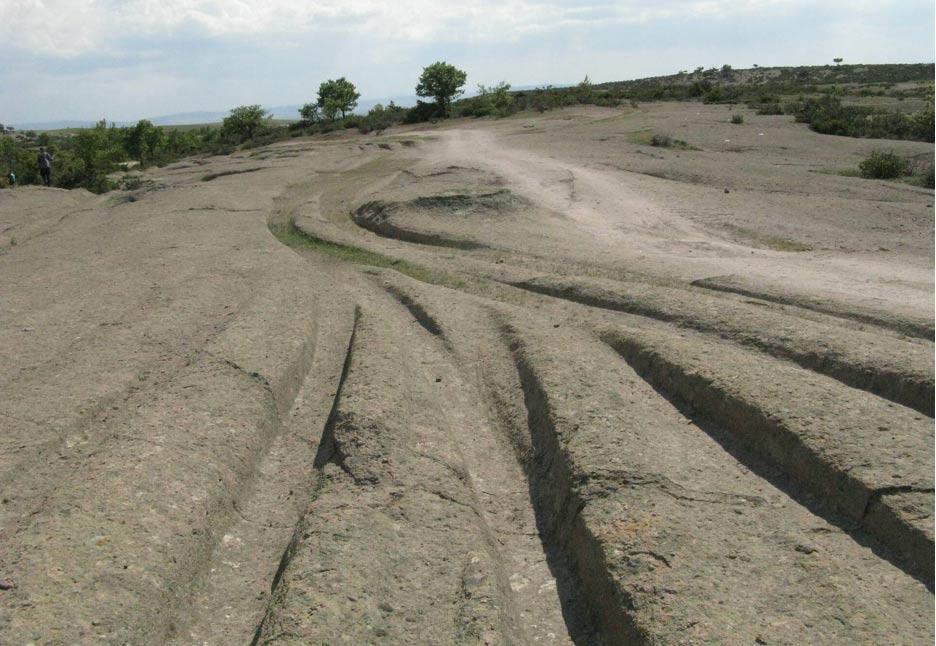Millennia ago, ancient cultures were astounded by the seeming miracle of natural flames which burned day and night for weeks, decades, or even centuries. The tales of such flames have become a focus of interest for geologists and oil and gas explorers, as the flames not only reveal the spiritual and cultural rituals of the past, but can also give clues related to modern geology and current gas seepage.
According to science news website Phys.org, Guiseppe Etiope of the National Institute of Geophysics and Volcanology in Italy writes in his new book, “Natural Gas Seepage” that studying legends of historical eternal flames can reveal to researchers locations and durations of gas seepage fires observed in the ancient past. Knowing certain fires burned and for how long can help determine which ones have not been caused by modern human activity, such as fracking or drilling.




